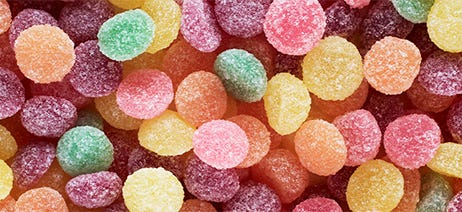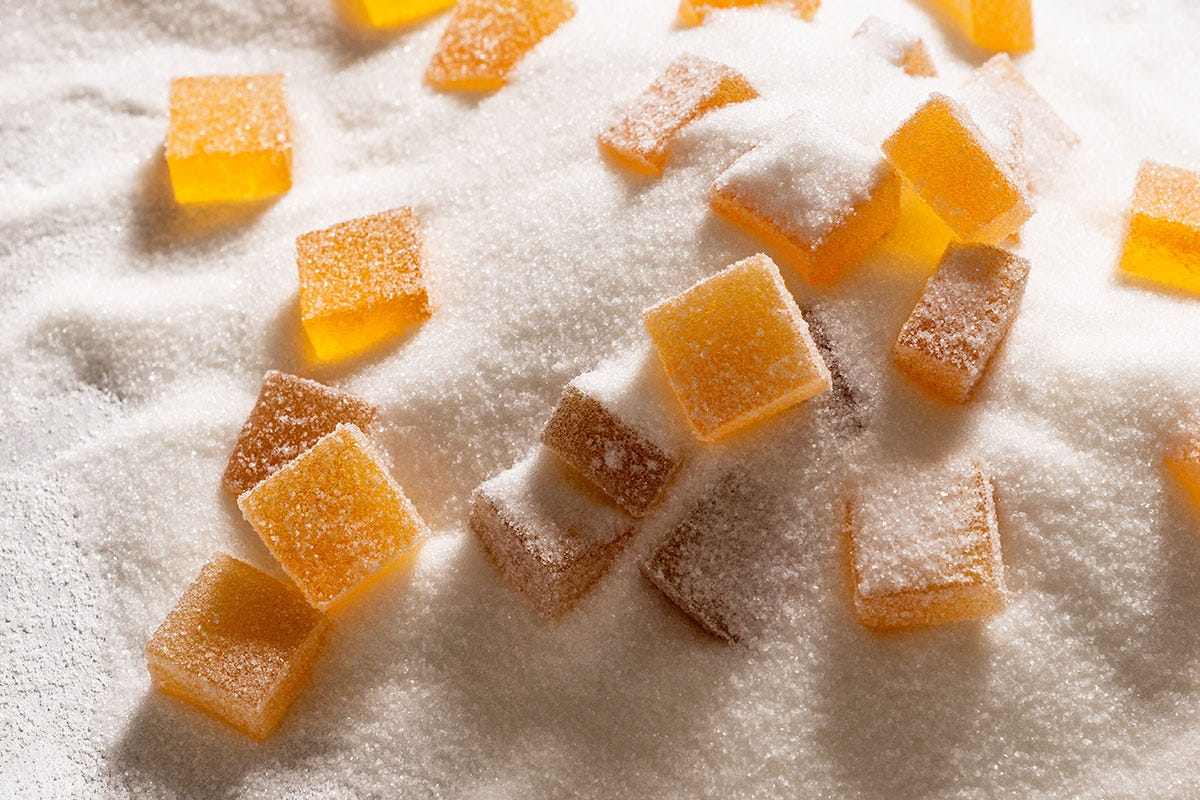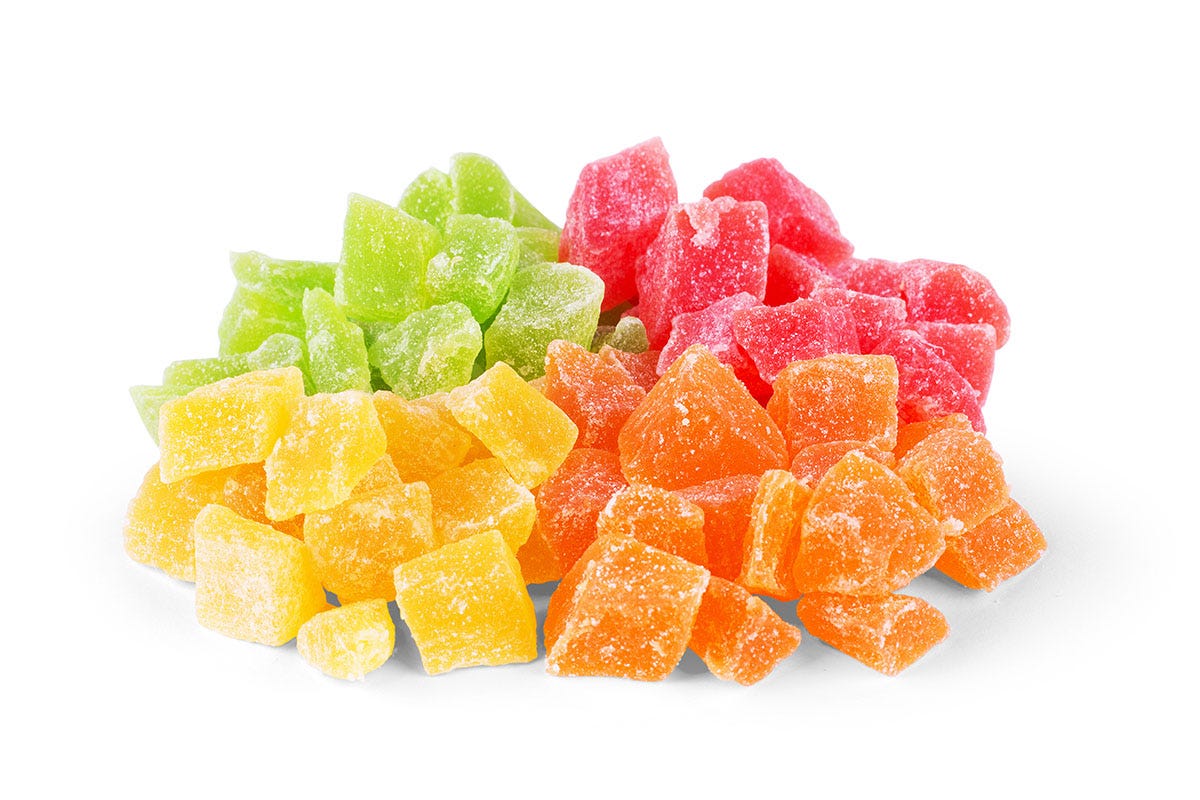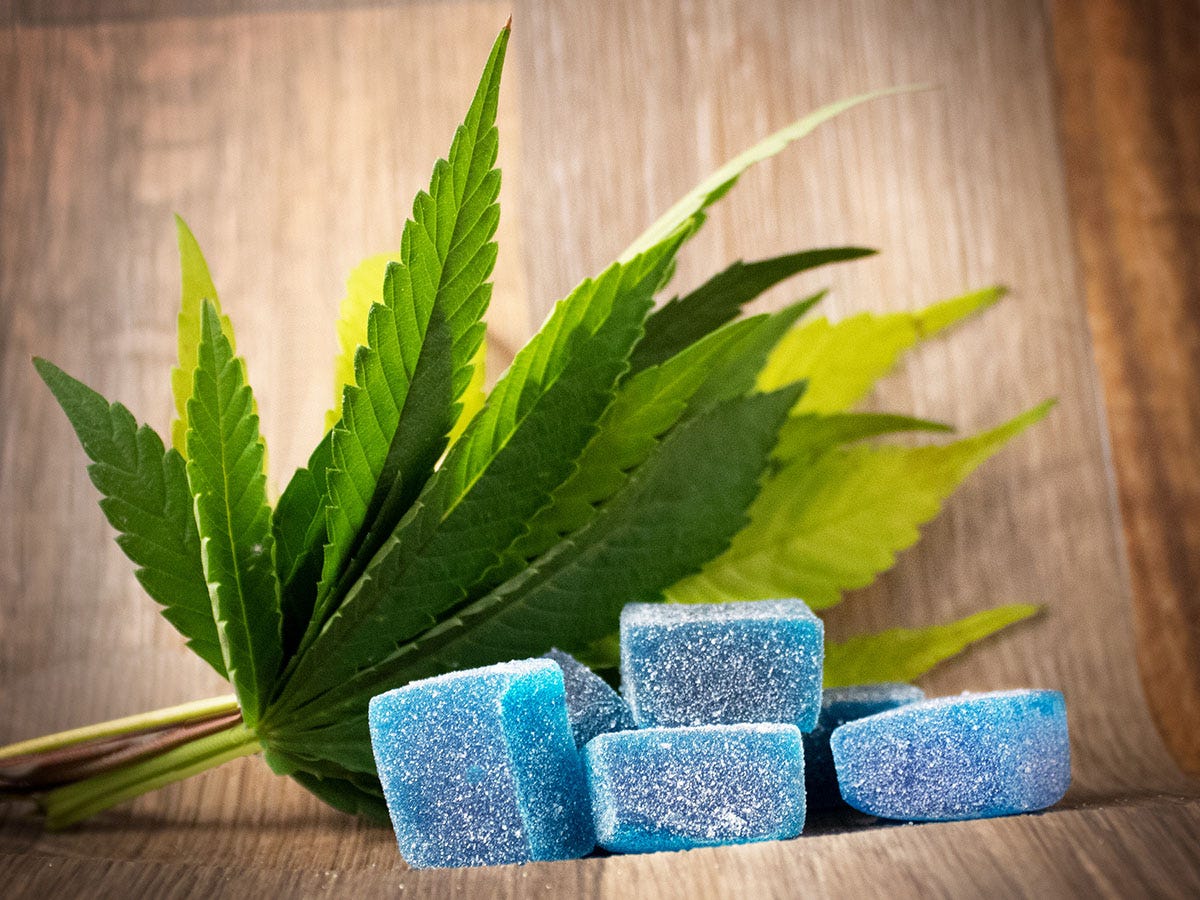
Step-By-Step: How To Make Edible Gummies
Edible gummies are one of the most popular ways to enjoy cannabis, especially for new cannabis consumers. While you can buy edible gummies at most dispensaries (depending on state rules!), you can also make them right from the comfort of your own kitchen. And the best part about making your own edible gummies? You can customize them however you like. You can make them into your favorite flavors, shapes, and colors.
DIY Cannabis Gummies Recipe
In order to make your own cannabis gummies, you need to have the right ingredients and equipment prepared—this includes cannabis-infused oil. There are various types you can use while making cannabis gummies:
For more insight into how to make your own at home, read our guide to cooking and baking with cannabis.


Ingredients & Equipment
Before you begin, you'll need the following items:
Equipment:
- Saucepan
- Mixing bowl
- Whisk
- Funnel/squeeze bottle/dropper
- Gummy mold of your choice
Ingredients
- ½ cup cannabis-infused oil
- One package of flavored jello
- 2 tablespoons of unflavored gelatin powder
- ½ teaspoon of sunflower/soy lecithin
- ½ cup cold water
How to Make Marijuana Gummies [Recipe]
Once you’ve gathered your ingredients and equipment, then comes the fun part: actually making the cannabis gummies. So, how are gummy edibles made? We’ve narrowed down the process of making cannabis gummies into five simple steps.


Step 1: Combine Water And Cannabis-Infused Oil
First, add ½ cup of cold water, ½ cup of cannabis-infused oil, and ½ teaspoon of sunflower/soy lecithin to a small saucepan and turn it on low heat.
Step 2: Add Gelatin
Once you’ve added the above ingredients to the saucepan, you’ll want to continue stirring the mixture until the cannabis-infused oil is completely melted and a consistent texture has formed. Then, you’ll want to add in the package of flavored gelatin and 2 tablespoons of unflavored gelatin to the mixture and continue stirring.
Step 3: Heat On Low
Continue stirring this mixture on low heat for at least 10-15 minutes so that the gelatin can completely dissolve. Do not stop mixing and do not let it come to a boil. Boiling can prevent the mixture from setting properly. If you start to notice a white foam form on top, remove it and lower the heat. All the ingredients at this point should be thoroughly combined and it should be a smooth consistency.
Step 4: Fill Gummy Molds
Once all of the ingredients are well combined, then you can start filling up your gummy molds. You can do this with a funnel, a squeeze bottle, or a dropper—whichever you prefer.
You’ll want to keep your saucepan on the heat and work quickly so that the mixture doesn’t get a chance to cool down. If the mixture starts to get cool, the oil will separate, which you don’t want to happen. You’ll also need to continue to whisk the mixture to prevent it from binding and hardening. Remember—the quicker you get your mixture into the gummy molds, the better they’ll come out.
Step 5: Freeze
Once your gummy molds are filled, all you have to do is pop them in the freezer for a minimum of 30 minutes. After they have hardened to a firm but slightly tacky texture, remove them from the molds and put them on a piece of parchment paper where they can air dry.
Adding Cannabis to Non-Infused Gummies
So you know how to make edible gummies, but can you turn regular gummies into edibles?
Yes, the process just looks a little bit different. If you want to turn regular gummies into edibles, you’ll need 2 tablespoons of warm water, 4 ounces of gummies of your choice, ½ teaspoons of gelatin, 1-2 teaspoons of cannabis-infused oil, and a gummy mold.
- First, add the gelatin to the warm water and let it sit for 5 minutes.
- Then add the gelatin mixture to the gummies and microwave it until it melts.
- Once it’s melted, pour in your cannabis-infused oil and combine. If you have a hard time combining the cannabis-infused oil to the gelatin mixture, add a little bit of lecithin. This will help it emulsify.
- After combining all of the ingredients, add the mixture to your gummy mold and place it in your fridge for about 30 minutes.
- When they’ve hardened in the freezer, let them sit for an additional 24 hours so the remaining moisture can evaporate.
If you don’t have the time or resources to make cannabis gummies from scratch, this is a great and affordable alternative.




Edible Gummies: Frequently Asked Questions
Still have questions about making cannabis gummies? We’ve gathered some of the most frequently asked questions to help.
How long does it take to make cannabis-infused gummies?
From start to finish, making cannabis-infused gummies will take about one hour, but this depends on how large of a batch you’re making. You’ll need about 15 minutes to prepare the ingredients, 10 minutes to cook the gummies, and then at least 30 minutes for them to harden in the freezer.
The amount of time the gummies will take to dry will also depend on the ingredients you use, but as a general rule of thumb, you’ll need to carve out a solid hour to make these edible gummies.
Why do I need to decarboxylate my flower?
Whether you’re baking with cannabis or making cannabis gummies, you always need to decarboxylate the marijuana when using whole flower. This is the process of heating the flower to activate the cannabinoids, which is the THC/CBD that’s found in cannabis.
Should I make cannabis gummies with oil or butter?
We recommend using cannabis-infused cooking oil for this recipe. However, other recipes may call for other ingredients. Be sure to check before you begin!
How strong should I make my cannabis gummies?
This depends on your personal preference. If this is your first time eating cannabis gummies, you’ll want to start small and work your way up. Everyone’s endocannabinoid system works differently, which means that people experience the properties of cannabis in their own ways.
Make your first batch of edibles with a small amount of cannabis, see how you feel, and then add more as you go.
How much cannabis should I add to my gummies?
The amount of cannabis you should add to your gummies depends on your personal preference. If this is your first time eating cannabis gummies, you’ll want to start small and work your way up. Everyone’s endocannabinoid system works differently, which means that people experience the properties of cannabis in their own ways.


Making Edible Gummies at Home
Creating your own gummies at home can be a fun project to take on! If you have questions about which flower to choose, what tinctures to buy, or anything else edible-related, ask an expert budtender at your local dispensary. Check out one of our dispensary locations for more.


